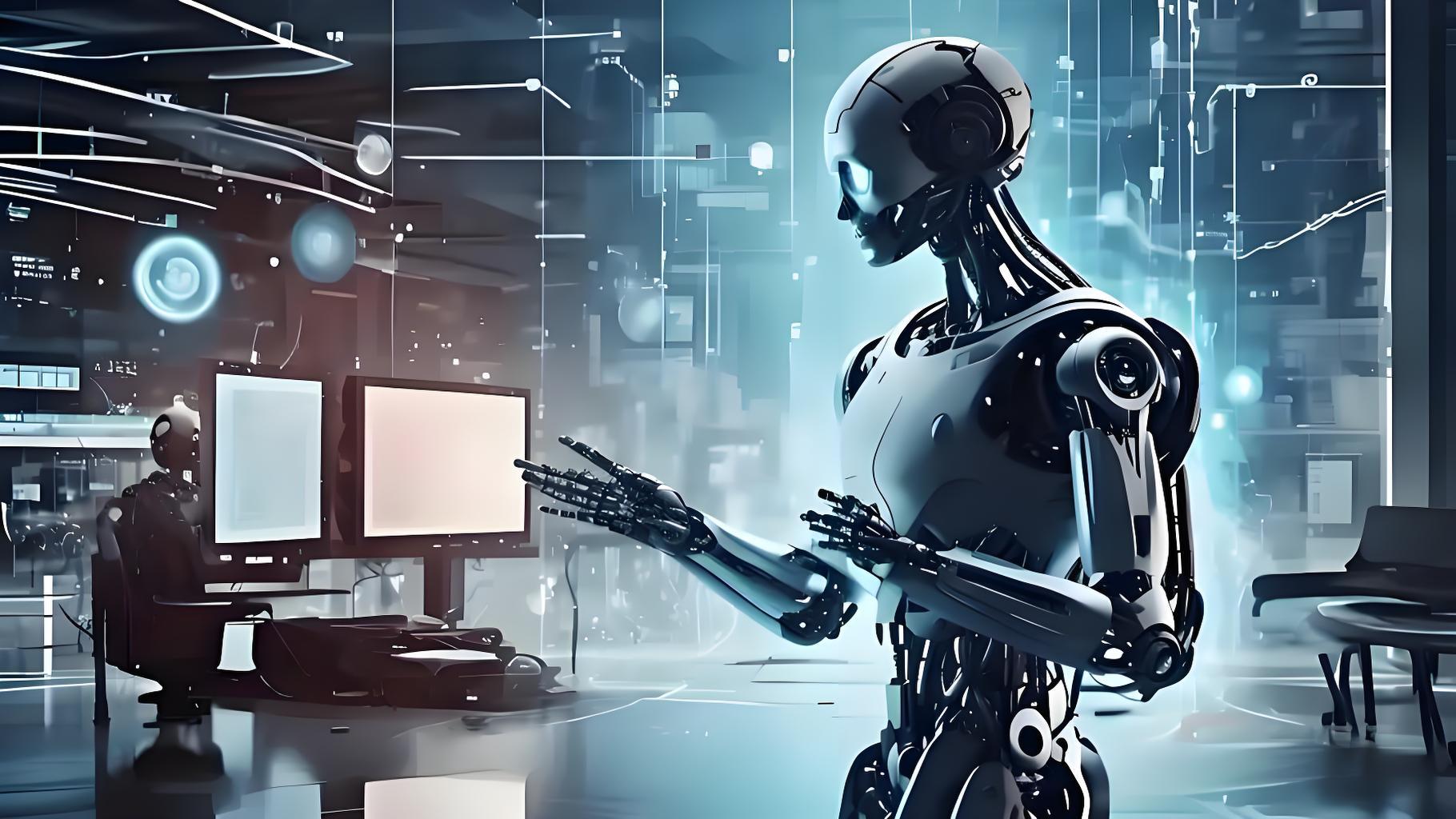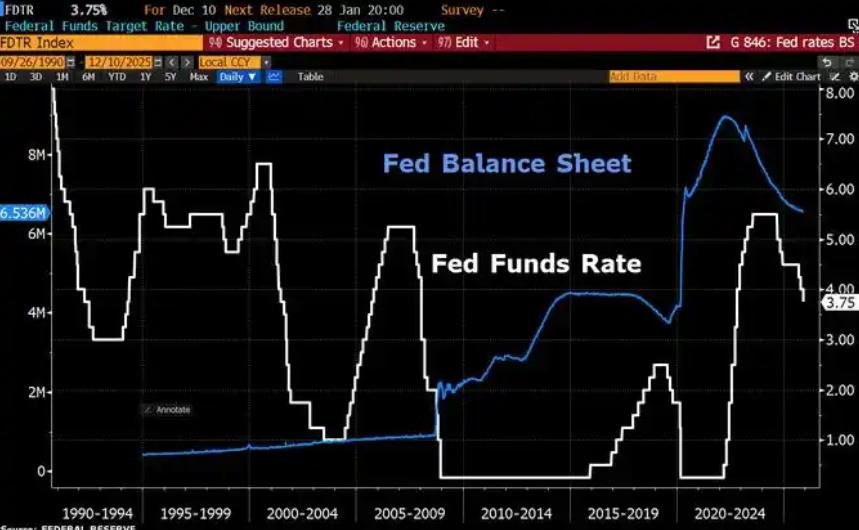
When command operations on the Ukrainian battlefield rely on SpaceX's Starlink, when 70% of Europe's cloud services are monopolized by U.S. companies, and when ASML is caught in the crossfire of the China-U.S. chip war, Europe has finally woken up to the acute pain of "digital colonization." In October 2025, Francesca Bria, an advisor to European Commission President Ursula von der Leyen, unveiled the EuroStack Initiative—a grand blueprint akin to a "Moon Program" for Europe's tech sector. With a 10-year timeline and a €30 billion investment, this plan aims to rebuild technological sovereignty amid the China-U.S. tech rivalry.
Dubbed by the Bertelsmann Foundation as the "only path from dependence to independence," this strategy directly addresses Europe's core vulnerabilities: self-sufficiency rates for semiconductors, cloud services, and AI platforms stand at less than 20%; software R&D spending accounts for a mere 7% of the global total; and nearly all critical technology chains are controlled by external entities. As Bria put it, "Europe must treat chips, data, and AI as strategic resources on par with steel and coal—otherwise, it will forever remain a technological vassal."
The core of EuroStack lies in building an interlocking seven-layer technology stack, forging end-to-end autonomous capabilities spanning from physical resources to intelligent applications:
Critical Raw Materials Layer: In response to China's monopoly on 60%-80% of global rare earth supplies, the plan seeks to establish resource alliances with Namibia and Chile, invest in recycling technologies, and build strategic mineral reserves—while avoiding the risks of "conflict minerals" seen in the Democratic Republic of the Congo.
Semiconductor Layer: Leveraging industrial clusters in Dresden (Germany) and Eindhoven (the Netherlands), pan-European wafer fabs will be constructed. A €10 billion fund will counter the U.S. CHIPS and Science Act, solidifying Europe's strengths in automotive and medical semiconductors.
Network Layer: The plan accelerates the development of the Iris2 satellite network, advances 6G technology, and adopts a "Buy European" policy to reduce reliance on Starlink and Huawei—preventing communication crises similar to those experienced in Ukraine.
IoT Layer: Focused on industrial scenarios, this layer transforms robotics technology into secure solutions for smart cities and power grids, while establishing European standards for IoT systems.
Cloud Infrastructure Layer: The existing Gaia-X project will be upgraded to build a decentralized, privacy-compliant "sovereign cloud," preventing sensitive data from hospitals and banks from flowing to servers in Virginia (U.S.) or Shanghai (China).
Software Platform Layer: European tech giants like SAP and Dassault Systèmes will receive support; investment in open-source software will be increased; and a European digital identity system will be built to integrate with the digital euro—breaking the monopoly of Windows and Android.
Data & AI Layer: "AI Factories" will be established to translate Europe's supercomputing advantages into applications such as climate forecasting and medical innovation, creating an ethics-driven AI ecosystem.
This ambitious initiative faces three major challenges:
Financial Challenges: The €30 billion fund requires integrating EU budget allocations, member state contributions, and private capital—while preventing monopolization by large corporations.
Political Challenges: Eastern Europe's preference for U.S. technology and Southern Europe's demands for subsidies could split the EU alliance.
Implementation Challenges: Inefficiencies in the bureaucratic system and the brain drain of top talent to Silicon Valley urgently need to be addressed.
Yet Europe has no 退路. The Centre for European Policy Studies (CEPS) notes that compared to investments by China and the U.S., €30 billion is merely "the first step in catching up." OpenFuture.eu emphasizes that EuroStack’s value extends beyond technological autonomy—it aims to establish standards for a "responsible digital world," creating a stark contrast to the U.S.'s "market-first" approach and China's "state-driven" model.
From ASML's lithography machines to Gaia-X's cloud standards, Europe is using EuroStack to connect scattered "tech pearls." This 10-year technological marathon, if it overcomes internal and external obstacles, will reshape the global tech landscape; if it fails, the label of "digital colony" may be permanently etched into the European continent.

Since 2022, the Fed has cumulatively reduced its balance sheet by $2.4 trillion through quantitative tightening (QT) policies, leading to a near depletion of liquidity in the financial system.
Since 2022, the Fed has cumulatively reduced its balance sh…
On December 11 local time, the White House once again spoke…
Fiji recently launched its first green finance classificati…
Recently, the European Commission fined Musk's X platform (…
At the end of 2025, the situation in the Caribbean suddenly…
The U.S. AI industry in 2025 is witnessing a feverish feast…